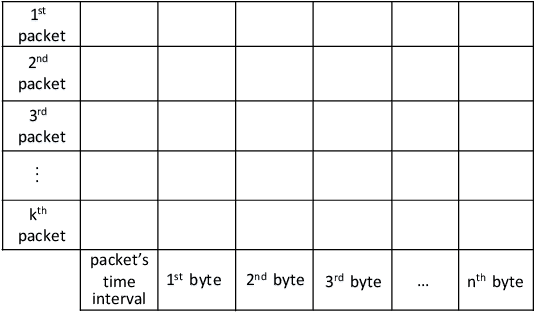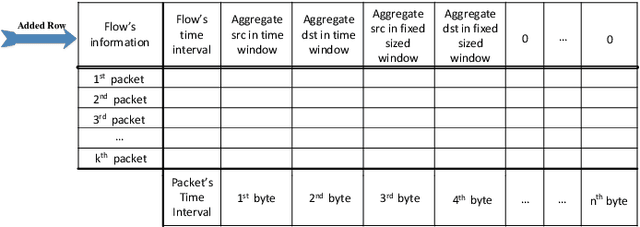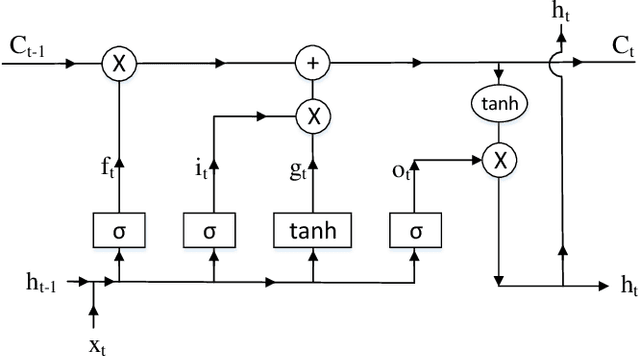A Content-Based Deep Intrusion Detection System
Paper and Code
Jan 14, 2020



By growing the number of Internet users and the prevalence of web applications, we have to deal with very complex software and applications in the network. This results in an increasing number of new vulnerabilities in the systems, which consequently leads to an increase in the cyber and, in particular, zero-day attacks. The cost of generating appropriate signatures for these attacks is a potential motive for using machine learning-based methodologies. Although there exist many studies on the use of learning-based methods for attack detection, they generally use extracted features and overlook raw contents. This approach can lessen the performance of detection systems against content-based attacks like SQL injection, Cross-site Scripting (XSS), and various viruses. As a new paradigm, in this work, we propose a scheme, called deep intrusion detection (DID) system that uses the pure content of traffic flows in addition to traffic metadata in the learning and detection phases. To this end, we employ deep learning techniques recently developed in the machine learning community. Due to the inherent nature of deep learning, it can process high dimensional data content and, accordingly, discover the sophisticated relations between the auto extracted features of the traffic. To evaluate the proposed DID system, we use the ISCX IDS 2017 dataset. The evaluation metrics, such as precision and recall, reach $0.992$ and $0.998$, respectively, which show the high performance of the proposed DID method.
 Add to Chrome
Add to Chrome Add to Firefox
Add to Firefox Add to Edge
Add to Edge